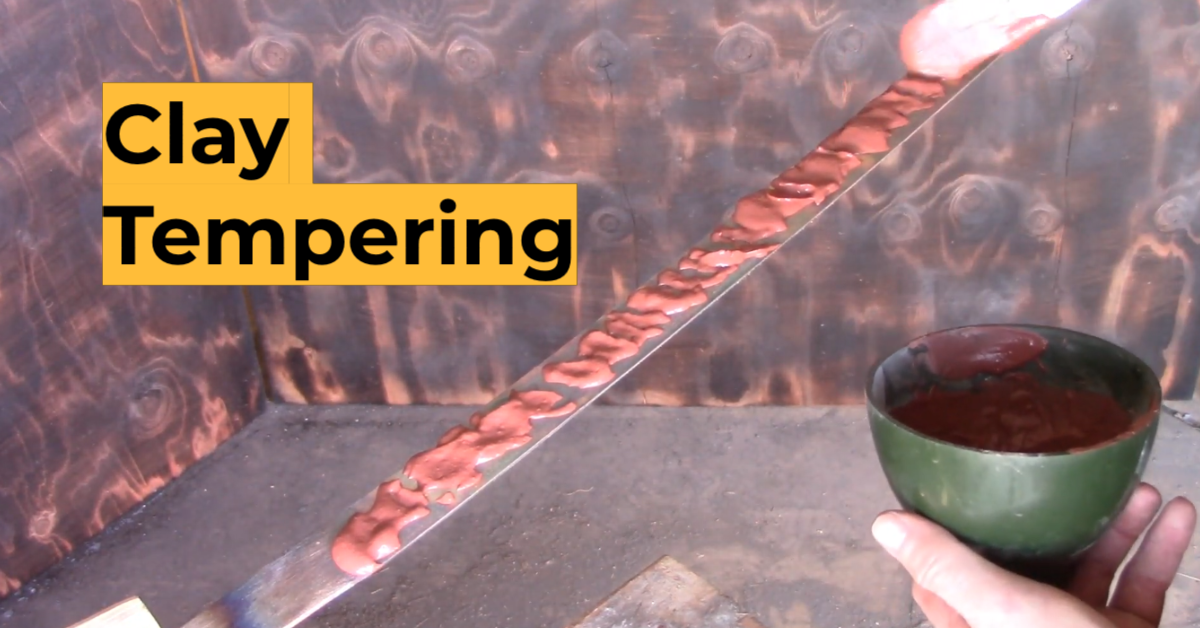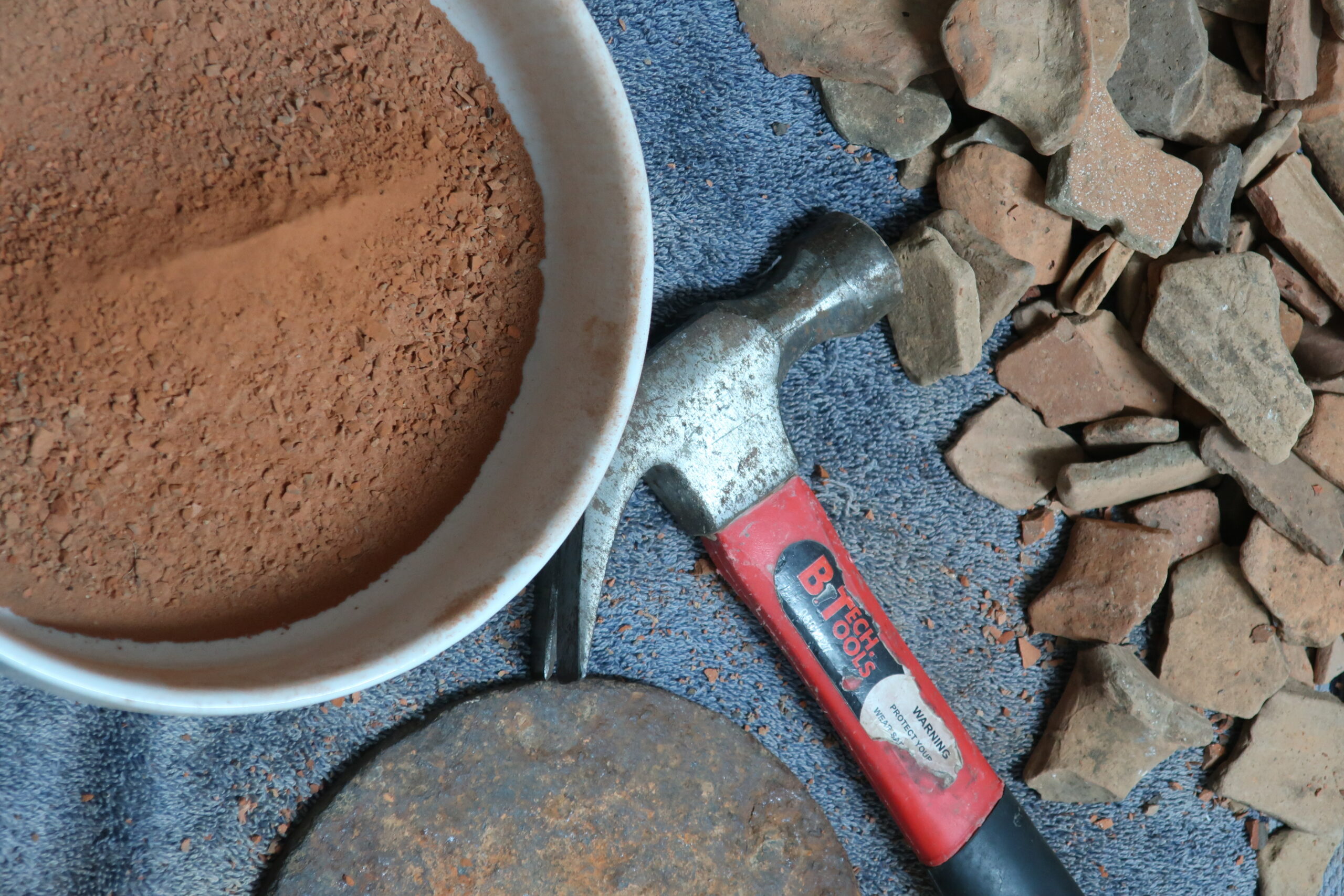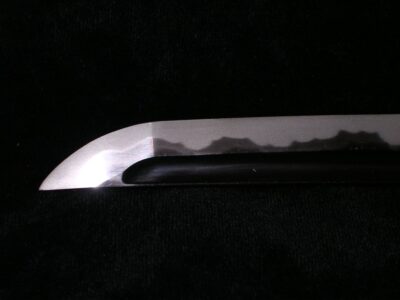Blog
How Clay Tempering Creates Superior Japanese Sword Blades

Forge the blade into its shape and thickness, making sure it is well made and there are no defects.
Application of Clay:
Mix clay with water and sometimes other materials like charcoal or ash. Using a brush or spatula, put on the thinnest layer you can make on the blade using this mixture of clay. Thickness and coverage will determine the hardness variations of the blade.
Drying:
Allow enough time for the coated blade to dry completely. This secures good adhesion of the clay as well as prevents cracking or peeling when heated and quenched.
Heating:
Heat treating a Japanese sword requires heating it in a forge or furnace to its critical temperature known as austenitizing temperature, which differs by steel type – generally around 750°C-850°C (1382°F–1562°F). Austenite is produced at this stage which is necessary for hardening and tempering.
Quenching:
Finally, after being taken off from the heat source, immerse it quickly in oil, water, or brine solution used for quenching. The medium used depends both on the steel type and the desired characteristics of a blade. The speediness by which cooling takes place makes it hardened but brittle at this point.
Final Finishing:
After it has been tempered, the blade is cleaned, polished, and sometimes etched to reveal a pattern. The pattern indicates where the hardened area ends and the softer part begins making the overall look of the blade better.
Important Tips:
Clay Composition: Choose the right clay mixture, as different types can affect the blade’s hardness and flexibility. Select a clay that suits the desired blade qualities.
Thickness and Application: Apply the clay evenly and avoid air pockets. Thicker layers cool the blade more slowly, while thinner layers cool it faster. The thickness impacts the rate of heat transfer during quenching.
Clay Patterns: Design and place clay patterns carefully. These patterns affect the blade’s hardness and flexibility, so plan them to achieve the desired performance and look.
Heat Treatment: Heat the blade to the correct temperature before quenching. Control the temperature and duration carefully to get the right hardness and structure.
Quenching Medium: Choose the right quenching medium, such as water or oil, based on the steel type and desired hardness. Follow proper procedures for best results.
Experience and Expertise: Clay tempering is complex and requires skill. Learn from experienced swordsmiths to master the process and achieve quality results.
Quality Control: Regularly check the clay layer’s integrity and uniformity. After tempering, inspect the blade for hardness and appearance to ensure successful tempering.
Click Here and Buy Musashi Midnight Warrior Katana Clay Tempered
Clay Tempering: Japanese Swordsmithing’s Heartbeat
Japanese swordmaking involves one of the essential and engrossing aspects called clay tempering. It helps improve the performance, durability, and aesthetic quality of a katana. Clay tempering gives strength and flexibility to the blade by having different degrees of hardness along its length, giving the weapon resistance against fighting forces and pressures.
Understanding how clay tempering works exposes the genius behind these legendary weapons’ craftsmanship and art. For centuries, a clay-tempered katana has preserved its tradition and expertise whether it is used as a functional tool or a work of art.
For those wishing to own a Katana swords learning from experienced swordsmiths is very important for proper execution of this craft to achieve good results. Through passion and genuine love for this vocation a truly exceptional katana which carries within it part of history will be owned.
There are various kinds of katanas including those with clay-tempered blades that have been made by craftsmen who are professionals. Take time to explore our collection; start your journey into Japanese sword making now!

